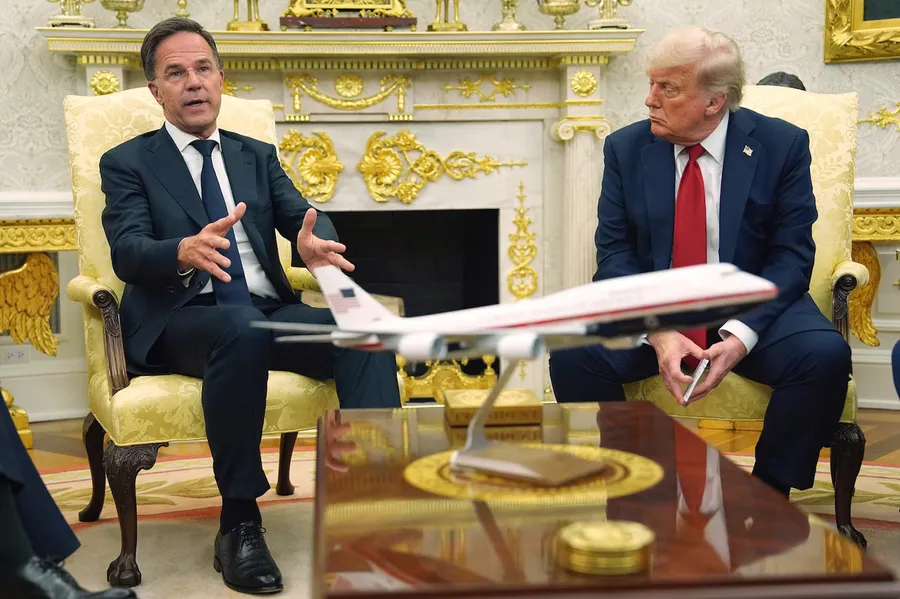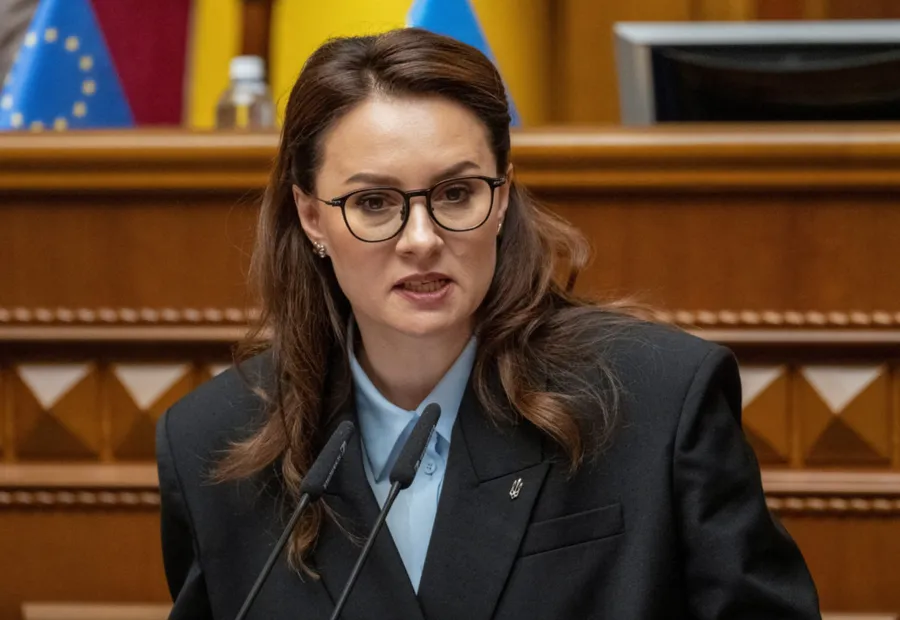New Deals, Old Threats
by u/FaylenTV
On Sunday, July 13th, for the first time in a while, the week didn’t kick off with President Trump doing a complete 180 on his stance from just days prior. After weeks of paused aid, thousands upon thousands of drone and missile strikes, and far too many civilian deaths, Trump officially said the U.S. will be sending Patriot missiles to Ukraine. But of course, there’s more to it. First, he refused to specify how many would be shipped. And second, as pointed out by many online, is he talking about Patriot missiles, or Patriot missile systems? The difference is crucial: a 'Patriot system' includes the radar, control station, and launchers, while individual missiles are essentially useless without it. We wouldn’t have to wait long to find out. For now, any weapons package currently in the works does, in fact, mark a tangible shift in the Trump administration’s policy. But is it going to hold up? Or next week, am I going to be writing about how Putin is suddenly back to nightly phone calls with President Trump?
As I said, we wouldn’t have to wait long for more details on the weapons package. On Monday, July 14th, sitting beside NATO Secretary General Mark Rutte, Trump confirmed that Ukraine would not only be getting Patriot missiles, but full batteries, possibly up to 17 of them. He claimed some would arrive “within days,” thanks to allied nations swapping out their own stockpiles. As more of the “plan” came into focus, it turns out America will provide the weapons and equipment, but Europe will foot the bill. In practice, this means European countries can send older systems from their reserves to Ukraine now, while ordering replacements from the U.S. It’s not the worst idea, honestly. It gives Europe a pathway to help Ukraine quickly without depleting their own long-term readiness. But the pitch came alongside a 50-day ultimatum for Russia to agree to a ceasefire, with Trump threatening secondary tariffs if Moscow doesn’t comply. That threat might sound tough, but it adds pressure on Europe too, and here’s the problem: Trump has spent the past six months torching goodwill with Europe. Countries like Germany and France are actively trying to decouple from U.S. defense systems, so how interested will they really be in buying American replacements?

NATO Secretary-General Mark Rutte speaks during a meeting with President Donald Trump in the Oval Office of the White House, Monday, July 14, 2025, in Washington.
Evan Vucci/AP
Marching orders came Tuesday, July 15th, and Republicans began falling in line, as they usually do. For once, I’m not upset about it. After spending the last three years railing against any support for Ukraine, suddenly, a majority of the party is back on board, now that Trump has given them permission. Gone are the “endless wars” speeches, the procedural delays, and the self-righteous claims that Ukraine isn’t “our war.” Now we’re hearing phrases like “Peacemaker in Chief” and watching hardliners like JD Vance and Rick Scott stand quietly beside Trump while he promises weapons to Kyiv. There’s been no real explanation, just a full pivot overnight. One Republican even insisted it wasn’t a change at all because NATO would be footing the bill. It’s performative, sure, but if this is what it takes to get support flowing again, I’ll take it.
Wednesday, July 16th brought no major territorial changes, but the contest for political leverage and psychological dominance rages on. The Kremlin returned to its greatest hits of nuclear threats, in what feels like a last-ditch narrative push to fracture NATO unity and peel the U.S. away from Ukraine. Meanwhile, Russian forces launched one of the largest overnight drone and missile strikes in weeks, hammering Ukraine’s energy infrastructure and blacking out regions just days after Patriot systems were promised. On the home front, Ukraine saw a major shakeup as Prime Minister Denys Shmyhal resigned, with Zelenskyy expected to shuffle him into a defense role. All of this came as new details emerged about Trump’s “Europe-pays, America-arms” plan, and both sides dug in, on the battlefield and in the information war. Ukrainian forces made modest gains in Sumy, but Russia advanced in key areas like Kharkiv, Borova, Lyman, and Novopavlivka.
On Thursday, July 17th, Ukraine’s parliament confirmed Yulia Svyrydenko as the new prime minister. It came just a day after Denys Shmyhal stepped down, only to immediately land the defense minister job. The reshuffle had been rumored for years and seems more like an internal rotation than a real shift. Svyrydenko is close to Zelenskyy and helped land that minerals deal with the U.S., but critics are already questioning the legality of appointments during martial law. Meanwhile, in Russia, the Central Bank published a cautiously optimistic inflation report, downplaying signs of economic strain. In contrast, private banking sources cited by ISW warned of rising bad loans and serious long-term risks from Moscow’s current strategy: increasing military recruitment and defense spending while loosening monetary policy to maintain economic activity.

Newly appointed Ukrainian Prime Minister Yulia Svyrydenko attends a session of Ukrainian parliament, amid Russia's attack on Ukraine, in Kyiv, Ukraine July 17, 2025. Photo by Andrii Nesterenko/REUTERS
On Friday, July 18th, Russia wasted no time responding to the uptick in U.S. and Western support for Ukraine. The Foreign Ministry claimed the new aid package was pushing Ukraine to “abandon the peace process” entirely, as if the answer to all of this isn’t as simple as Russia withdrawing from Ukrainian territory. Meanwhile, Dmitry Medvedev, former President of Russia and current Deputy Chairman of the Security Council, publicly suggested it might be time to carry out preemptive strikes against the West if support continues. Again, Ukraine being given the tools to defend itself is always viewed as “escalation” by Russia, whose solution to everything almost always involves bombs and bloodshed. I bring this up because it’s not a matter of if, but when Russia decides to strike further West. This doesn’t stop with Ukraine, and never will. Their rhetoric hasn’t changed, and it should be all the evidence we need to understand exactly what happens if we stop arming Ukraine and if we continue to elect weak officials into office, enemies like Russia will feel confident in speaking and acting so boldly.
On Saturday, July 19th, President Zelenskyy announced that Ukraine had sent Moscow a formal offer to restart peace talks next week. After two uneventful rounds of negotiations in Istanbul, Kyiv appears to be ramping up pressure for a ceasefire, Zelenskyy even calling on Russia to “stop hiding from decisions.” It’s a bold move, considering Russia spent the night before launching another massive barrage: over 350 projectiles, including ballistic missiles, cruise missiles, and waves of Shaheds. Ukraine shot most of them down, but some got through, hitting energy infrastructure and civilian sites across Sumy and Pavlohrad. Still, something new and long-awaited began popping up in the news: a potential “mega-deal” between Trump and Zelenskyy to jointly produce drones, with the U.S. purchasing Ukrainian-made models for future use. This is something I and many others have been hoping would happen, the Ukrainian Military is now the most tested Military in the world, in terms of Modern War, not just combat. Deals like this will ensure the West doesn't fall behind Russia and China in terms of actual war-fighting capabilities. We will need Ukraine’s guidance if we want to be prepared for future conflicts.